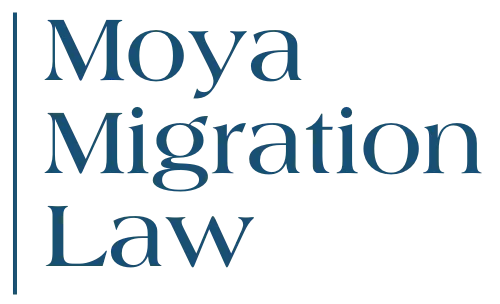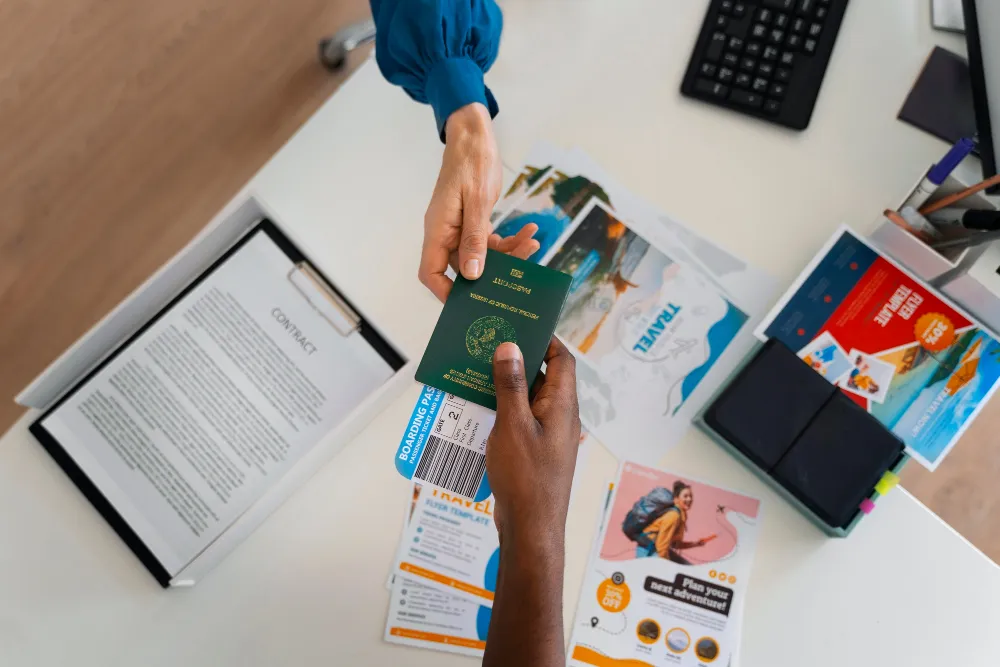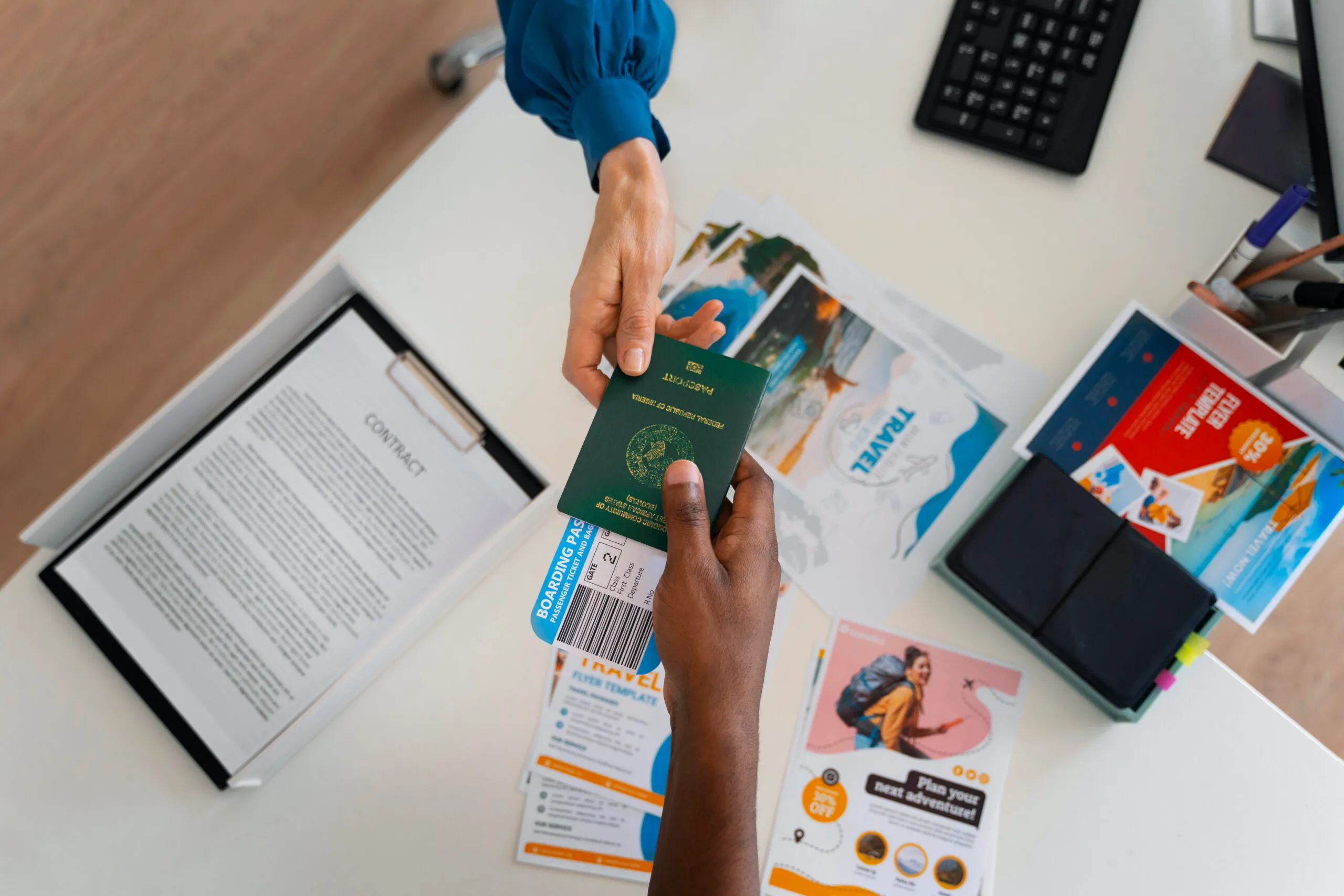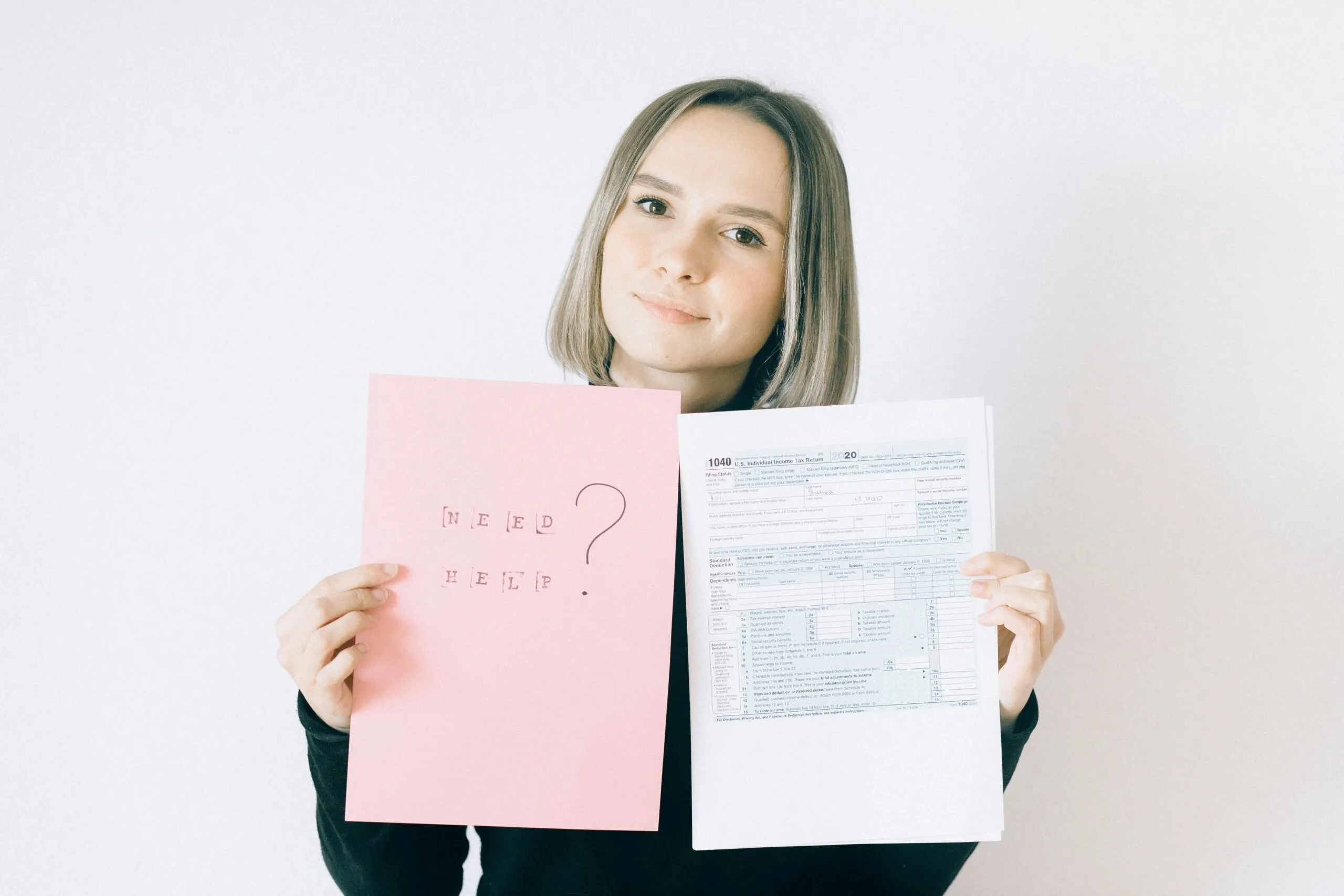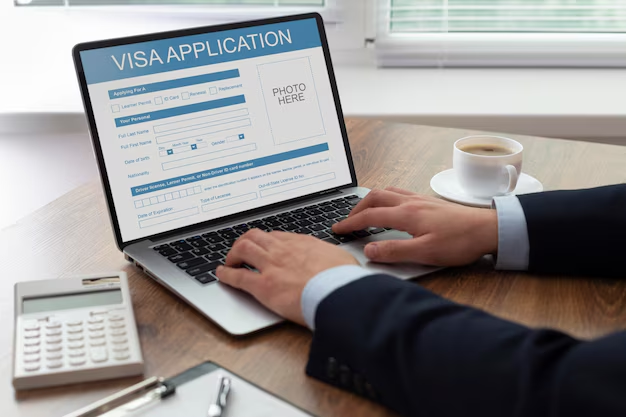Introduction
Becoming an unlawful non-citizen in Australia due to a visa expiry or cancellation is a serious matter under the Migration Act 1958 (Cth). This status carries significant consequences, placing individuals at risk of immigration detention and removal from the country.
For those facing this uncertain situation, the Bridging Visa E (BVE) provides a formal pathway to temporarily regularise their status. This guide offers clear and practical information on the BVE, explaining how it serves as a crucial tool for unlawful non-citizens to remain lawfully in Australia while they make arrangements to depart or finalise their immigration matters.
Understanding Unlawful Non-Citizen Status
What it Means to be an Unlawful Non-Citizen
Under the Migration Act 1958 (Cth), you are considered an unlawful non-citizen if you are in Australia without a valid visa. This situation typically occurs in two main scenarios:
- When a temporary visa expires, and you remain in the country
- When the Department of Home Affairs proceeds with a visa cancellation
Once your visa ceases to be in effect, you no longer have the legal right to stay in Australia.
There are several ways a person can become an unlawful non-citizen. One common reason is unintentionally overstaying a visa due to a misunderstanding of its expiry date. Another is having a visa cancelled for failing to comply with its conditions, such as a student visa holder not attending classes. Regardless of the cause, the result is the same: your status becomes unlawful.
Consequences of Unlawful Status
Being an unlawful non-citizen carries serious consequences and places you in a precarious position. The Department of Home Affairs is empowered to take action, and it is crucial to understand the risks involved. If you are identified as an unlawful non-citizen, you are subject to mandatory immigration detention and removal from Australia.
The immediate implications of this status significantly impact your daily life and future options. Key consequences include:
| Consequence | Implication |
|---|---|
| Inability to work legally | You are not permitted to work in Australia, which can lead to severe financial hardship. |
| Loss of access to Medicare | Your eligibility for public health services is lost, leaving you responsible for all medical costs. |
| Risk of detention & removal | Authorities have the power to detain you at any time and remove you from the country. |
| Future visa limitations | Remaining unlawful can jeopardise future visa applications and may result in a re-entry ban. |
Request Your Free 15-Min Consultation
What is a Bridging Visa E (BVE)?
The Purpose of a BVE
A BVE is a temporary visa that allows an unlawful non-citizen to remain lawfully in Australia for a limited period. Its main purpose is to act as a bridge, providing you with a lawful status while you:
- Make arrangements to depart the country
- Resolve an ongoing immigration matter
This visa is not a long-term solution, but a crucial tool to regularise your status temporarily. It allows you to finalise your affairs, wait for a decision on a substantive visa application, or await the outcome of a review or appeal without the immediate risk of immigration detention and removal.
BVE Subclasses 050 & 051 Explained
The BVE is divided into two distinct categories, each designed for different circumstances:
| BVE Subclass | Purpose and Target Applicant |
|---|---|
| Subclass 050 (General) | The most common type, intended for individuals in the community who have become unlawful. It is used while preparing to leave Australia or finalising another immigration process. |
| Subclass 051 (Protection Visa Applicant) | Specifically for individuals who are in immigration detention and have applied for a Protection visa, allowing them to remain lawfully while claims are processed. |
Request Your Free 15-Min Consultation
Acceptable Reasons & Evidence for a BVE Application
Reason 1: Preparing to Depart Australia
If you are an unlawful non-citizen making arrangements to leave Australia, you can apply for a BVE to remain lawful while you finalise your travel. You must provide evidence that demonstrates your genuine intention to depart.
The Department of Home Affairs will expect to see proof of your plans, which can include:
| Type of Evidence | Description |
|---|---|
| Travel Plans | A confirmed or tentative flight booking or a detailed travel itinerary. |
| Statement of Intent | A signed statement or statutory declaration explaining your intention to depart and the steps being taken. |
| Travel Document Proof | Evidence of attempts to obtain a passport or travel document from your embassy if the current one has expired. |
| Financial Proof | Proof of sufficient funds to purchase a ticket for your departure. |
Reason 2: Applying for a Substantive Visa
You may be eligible for a BVE if you are an unlawful non-citizen who is in the process of lodging a substantive visa application. A substantive visa is any visa that is not a bridging, criminal justice, or enforcement visa. This allows you to remain lawfully in Australia while your application is prepared and submitted.
To support your BVE application on these grounds, you should provide documents such as:
| Document Type | Details |
|---|---|
| Application Form | A copy of your completed or drafted substantive visa application form. |
| Lodgement Receipt | An application receipt or acknowledgement from the Department of Home Affairs. |
| Eligibility Evidence | Documents demonstrating your eligibility for the substantive visa (e.g., relationship evidence for a partner visa). |
| Agent Confirmation | A letter from a registered migration agent confirming they are assisting with your visa application. |
Reason 3: Awaiting an Appeal & Ministerial Intervention
A BVE can also be granted if your visa was refused or cancelled, and you are awaiting an outcome for a review or appeal. This applies to matters before the Administrative Appeals Tribunal (AAT), a court, or if you have made a request for Ministerial Intervention.
The evidence required to support this reason includes:
| Type of Evidence | Description |
|---|---|
| Lodgement Confirmation | An acknowledgement letter or receipt confirming the lodgement of your AAT or court application. |
| Official Correspondence | Correspondence from the tribunal or court that confirms your appeal is active or provides a case number. |
| Ministerial Request | A copy of your written request for Ministerial Intervention and any acknowledgement received from the Minister’s office. |
Request Your Free 15-Min Consultation
The BVE Application Process
Completing & Lodging Form 1008
To apply for a BVE, you must complete the official application, which is Form 1008. This form needs to be filled out accurately and in English, providing all your personal details, immigration history, and the specific reason you require the BVE.
It is essential to attach all the supporting documents that prove your reason for staying. There is no application fee for a BVE.
Once the form and evidence are prepared, you can lodge your application using one of the following methods:
- Online: The preferred method is to submit your application through an ImmiAccount, if you have access to one.
- Paper: You can also submit a paper application by post or email to the nearest Department of Home Affairs office.
If you are an unlawful non-citizen without an ImmiAccount, you may need to lodge the application in person. It is highly advisable to seek legal advice before attending a Department office, as you could be at risk of immigration detention.
What to Expect After Applying
After you submit your BVE application, the processing time can vary as it is assessed on a case-by-case basis. While there is no standard timeframe, decisions may be made quickly in urgent situations.
The Department of Home Affairs may contact you for more information or to attend an interview. It is important to respond promptly to any requests.
If your visa application is successful, you will receive a Visa Grant Notice. You must read this document carefully, as it will outline the specific conditions attached to your BVE. You can also check your visa status and conditions online through the Visa Entitlement Verification Online (VEVO) system.
Request Your Free 15-Min Consultation
Understanding Strict BVE Conditions
Work Rights & Financial Hardship
A BVE is generally granted without the right to work in Australia. If you need to work, you must make a separate application for permission and provide evidence that you are experiencing compelling financial hardship.
To demonstrate financial hardship, you will need to supply documents that prove your financial situation, such as:
- Bank statements showing a lack of funds
- Bills for your living expenses
It’s significant to note that permission to work is not guaranteed and is assessed on a case-by-case basis.
Reporting Requirements & Travel Restrictions
Holding a BVE often comes with strict reporting conditions. You may be required to report to the Department of Home Affairs regularly through various means:
- By phone
- By email
- In person at a specified office
You must also notify the Department of any change in your address or contact details.
Travel outside Australia is not permitted on a BVE. The visa is designed for you to remain lawfully in the country temporarily, and it will cease immediately if you depart. Furthermore, you will not be able to return to Australia on that same visa.
The Code of Behaviour & Other Obligations
When granted a BVE, you may be required to sign a Code of Behaviour. This is a formal promise that you will obey all Australian laws and cooperate with any reasonable requests from the Department of Home Affairs.
Breaching the Code of Behaviour or any other visa condition is a serious matter that can lead to the cancellation of your BVE and place you at risk of immigration detention. Prohibited conduct can include:
- Engaging in any criminal activity
- Harassing, intimidating, or bullying others
- Using family violence
- Committing driving offences
- Behaving in an anti-social or disruptive manner
Request Your Free 15-Min Consultation
Potential Legal Issues & Future Visa Impacts
The Section 48 Bar on Visa Applications
If you are an unlawful non-citizen, Section 48 of the Migration Act 1958 (Cth) prevents you from applying for most types of visas while you remain in Australia. This is a significant legal barrier that limits your options to regularise your immigration status without first departing the country.
However, this bar does not apply to all visa applications. An unlawful non-citizen may still be able to apply for some specific visas, including:
- A Protection visa (subclass 866)
- An Onshore Partner visa (subclass 820/801)
- A Medical Treatment visa (subclass 602)
- An Onshore Child visa (subclass 802)
- Certain skilled visas, such as the Skilled Nominated (subclass 190) visa
The 3-Year Re-Entry Ban & Schedule 3 Criteria
Becoming an unlawful non-citizen can have long-term consequences for future travel to Australia. If you overstay your substantive visa by more than 28 days before being granted a BVE, you will likely be subject to a three-year re-entry ban, also known as Public Interest Criteria 4014.
This ban prevents you from being granted most temporary visas for three years after you depart Australia.
Additionally, if you apply for certain onshore visas, such as a Partner visa, after being unlawful, you will face the strict requirements of Schedule 3 of the Migration Regulations 1994 (Cth). To succeed, you must obtain a Schedule 3 waiver by proving to the Department of Home Affairs that compelling reasons exist for granting the visa, which is a notoriously difficult threshold to meet.
Request Your Free 15-Min Consultation
Conclusion
Becoming an unlawful non-citizen in Australia is a serious matter with significant consequences, but the BVE provides a temporary pathway to regularise your status. This visa allows you to remain lawfully in the country while you arrange to depart or finalise an ongoing complex immigration matter, though it comes with strict conditions and potential long-term legal implications.
If you are facing this situation, navigating the complexities of a BVE application requires careful and informed action. Contact Moya Migration Law’s experienced visa appeal lawyers for urgent, confidential advice to help you secure your lawful status and plan your next steps with confidence.

